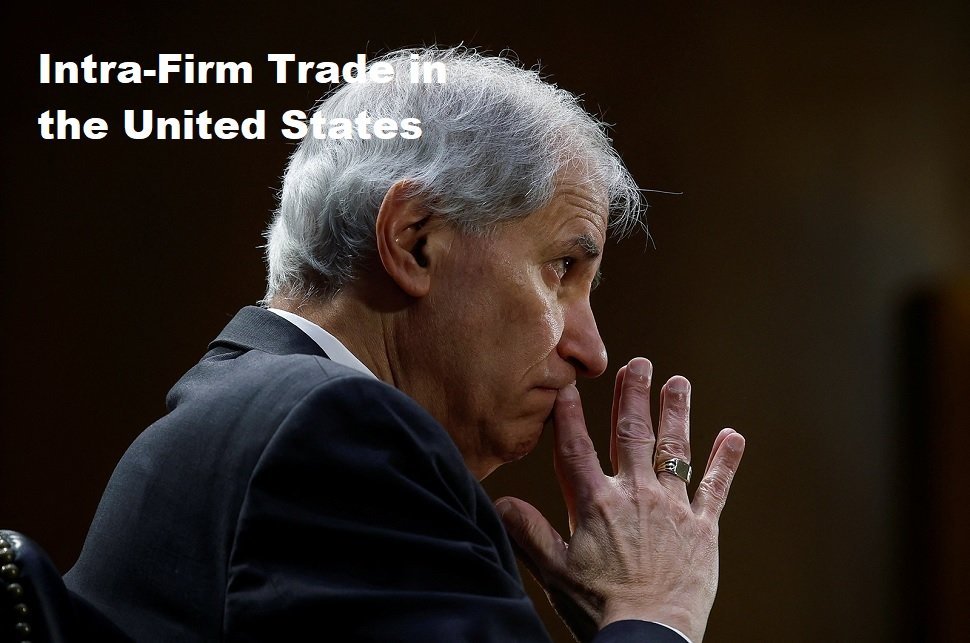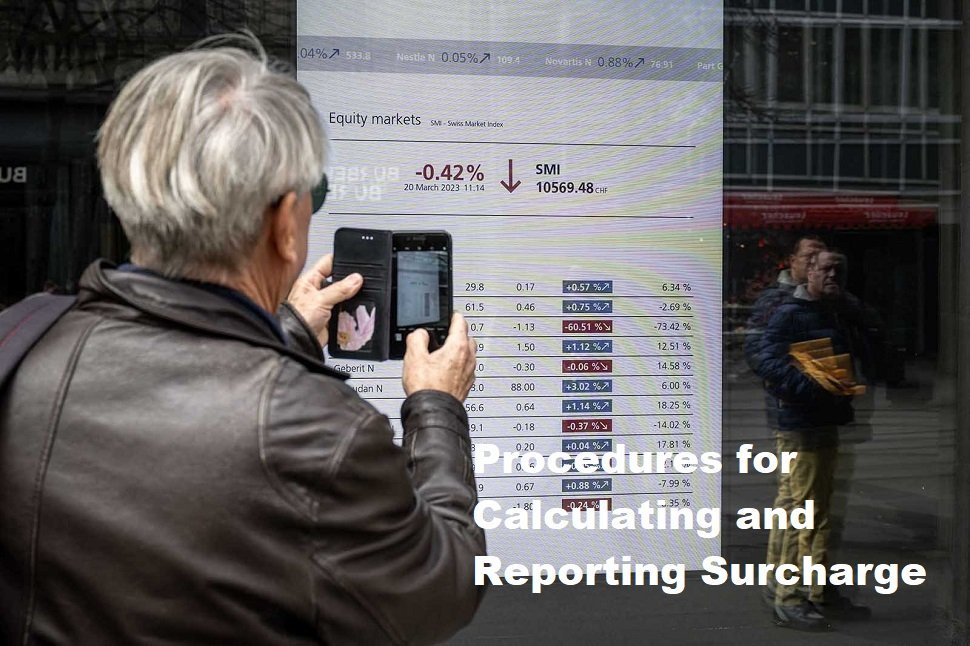Intra-firm trade, also known as internal trade, is the process by which a company conducts economic transactions with its divisions or subsidiaries. These transactions may involve the transfer of goods, services, or knowledge between various entities under the same corporate umbrella. This concept becomes important in the context of globalization and the growth of multinational companies. There are various types of intra-firm trade that generally occur in business organizations. One example is the transfer of goods between the production division and the distribution division. The production division will produce products that will be distributed by the distribution division to retail stores or other outlets. Transfer of services is also an important part of intra-firm trade, for example an information technology division may provide technical support services to other divisions in the company.
Apart from the transfer of goods and services, intra-firm trade also involves knowledge and information. One example of this is technological innovation or product development that is shared between different branches of a company. This is useful in reducing research and development costs and increasing overall operational efficiency. Companies have several reasons for engaging in intra-firm trade. First, it can create scale savings by consolidating resources and leveraging the competencies and expertise possessed by each division. Second, intra-firm trade can enable companies to more quickly adapt to changes in the market and consumer needs. Apart from that, conducting intra-firm trade can also help reduce costs and increase efficiency by taking advantage of better financing opportunities, reducing taxes, and optimizing supply chain management.
Intra-Firm Trade in the United States
Intra-firm trade in the United States has grown rapidly along with globalization and technological advances. American companies are beginning to see the importance of integrating their supply chains across national borders to gain benefits, such as reducing production costs, gaining access to broader resources and markets, and increasing flexibility in the face of changing global economic conditions. In this case, intra-firm trade allows companies to more efficiently coordinate various business activities such as research, development, production and marketing. Industries and companies that frequently use intra-firm trade mainly include the manufacturing sector, such as automotive, electronics and pharmaceuticals. In addition, large technology companies such as Apple, Google, and Microsoft are also heavily involved in intra-firm trade to build their global supply chains. They carry out trade transactions with their subsidiaries or affiliates located in other countries to obtain important components of products or services that will ultimately be marketed to consumers.
The positive impact of implementing intra-firm trade on the United States economy includes, among other things, increasing efficiency in the production process and supply chain management. This can encourage economic growth and job creation in various sectors. Additionally, through intra-firm trade, American companies can gain access to technology, innovation, and resources from around the world which will ultimately help in strengthening their position in the global market. However, there are also negative impacts from implementing intra-firm trade for the United States economy. One of the biggest impacts is the loss of jobs in certain sectors, especially in the manufacturing industry. Intra-firm trade allows companies to move jobs to countries with cheaper labor costs, resulting in a decrease in domestic labor demand. Apart from that, this practice can also cause an imbalance in the trade balance and increase the risk of failure in certain economic sectors due to too much dependence on global supply chains. Nevertheless, the benefits offered by intra-firm trade are still considered significant enough to support the economic growth of the United States, as long as companies can manage the negative impacts wisely and adjust their business strategies according to changes in the global environment.
Donald Trump’s Opposition to Intra-Firm Trade
Donald Trump’s opposition to intra-firm trade can be understood in the context of his views on the impact of international trade on domestic employment. Intra-firm trade is a major concern for Trump because American multinational companies often move some of their production overseas, in order to take advantage of cheaper labor costs, subsidies and tax incentives. This step has an impact on reducing job opportunities in America, as well as increasing the country’s trade deficit. Another reason Donald Trump opposes intra-firm trade is his concern about losing America’s competitive advantage. Importing manufactured goods from overseas company branches reduces the country’s efforts to improve the quality and capabilities of domestic industry. Trump believes that efforts to protect and localize the industry will help America regain its economic glory.
To reduce intra-firm trade practices, Donald Trump took optimized regulatory and policy steps to provide incentives to companies to produce goods domestically. One of the steps taken is an import tariff policy which increases the price of imported goods from certain countries so that they are no cheaper than locally produced goods. In addition, the Trump administration is also encouraging American companies to reinvest domestically by providing tax incentives and reducing licensing bureaucracy. Cutting corporate taxes from 35% to 21% is an example of a policy aimed at generating investment and creating jobs in America. With these efforts, the Trump administration hopes to reduce the negative impact of intra-firm trade on the domestic economy and employment.
The Impact of Intra-Firm Trade on a Country
Intra-firm trade, or trade within companies, has various positive impacts on a country. The main economic benefits obtained from implementing intra-firm trade are increased efficiency and productivity. Trade between different divisions or branches of a company in different countries allows for more efficient allocation of resources, thereby optimizing production and reducing costs. In addition, the flow of knowledge and technology between branches also increases, providing opportunities to increase the company’s innovation and technical capabilities.
The impact of intra-firm trade on employment can vary depending on the industry sector and local government policies. On the one hand, intra-firm trade can open up new jobs, especially if the company builds new manufacturing or research facilities in the country. On the other hand, intra-firm trade can also lead to job losses if companies decide to relocate operations to other countries with cheaper labor.
The impact of intra-firm trade on income and economic growth also varies. As efficiency increases, production costs decrease and profit margins increase. Therefore, companies can pay higher salaries to their employees or lower the prices of their products to increase competitiveness and market share. Increased exports and imports in intra-firm trade also contribute to increased income and economic growth in the country through increased investment, domestic consumption and added value production.
Overall, a comparison between the benefits and negative impacts of implementing intra-firm trade in a country is difficult to determine in general because each country has different economic, political and social conditions. However, with effective regulations and inclusive development strategies, governments can minimize negative impacts while maximizing the economic benefits of intra-firm trade. Measures such as maintaining a fair minimum wage policy, providing tax incentives for innovation and research, and improving the skills of the workforce through education and training, can help create an environment conducive to the implementation of intra-firm trade that benefits the entire country. Thus, the economic benefits of intra-firm trade can be more optimal if they are balanced with proactive and responsible policies.












